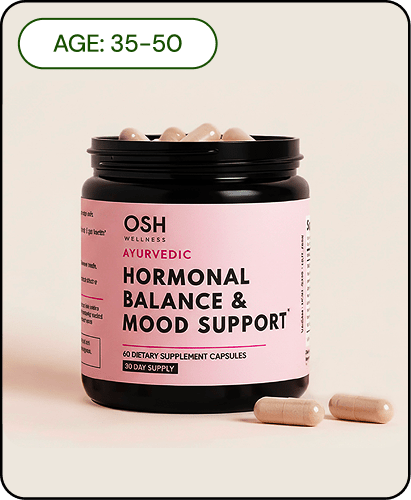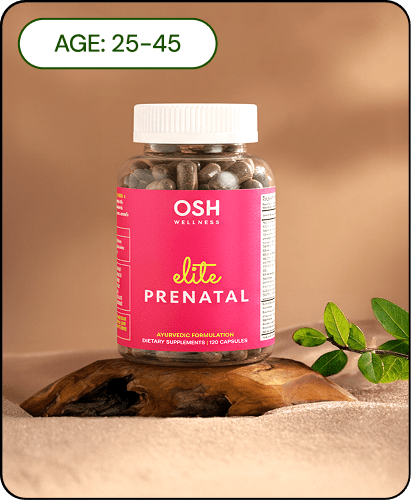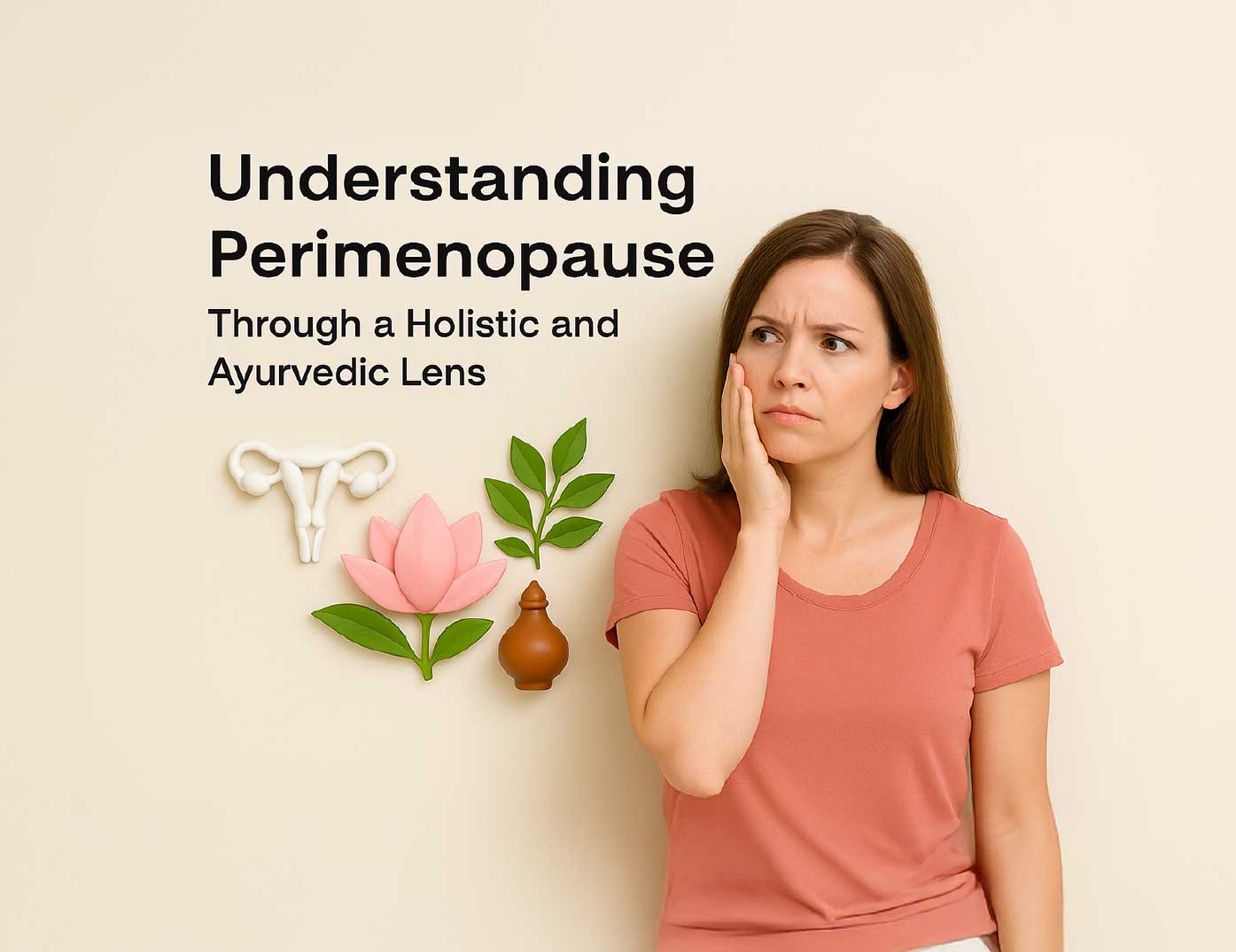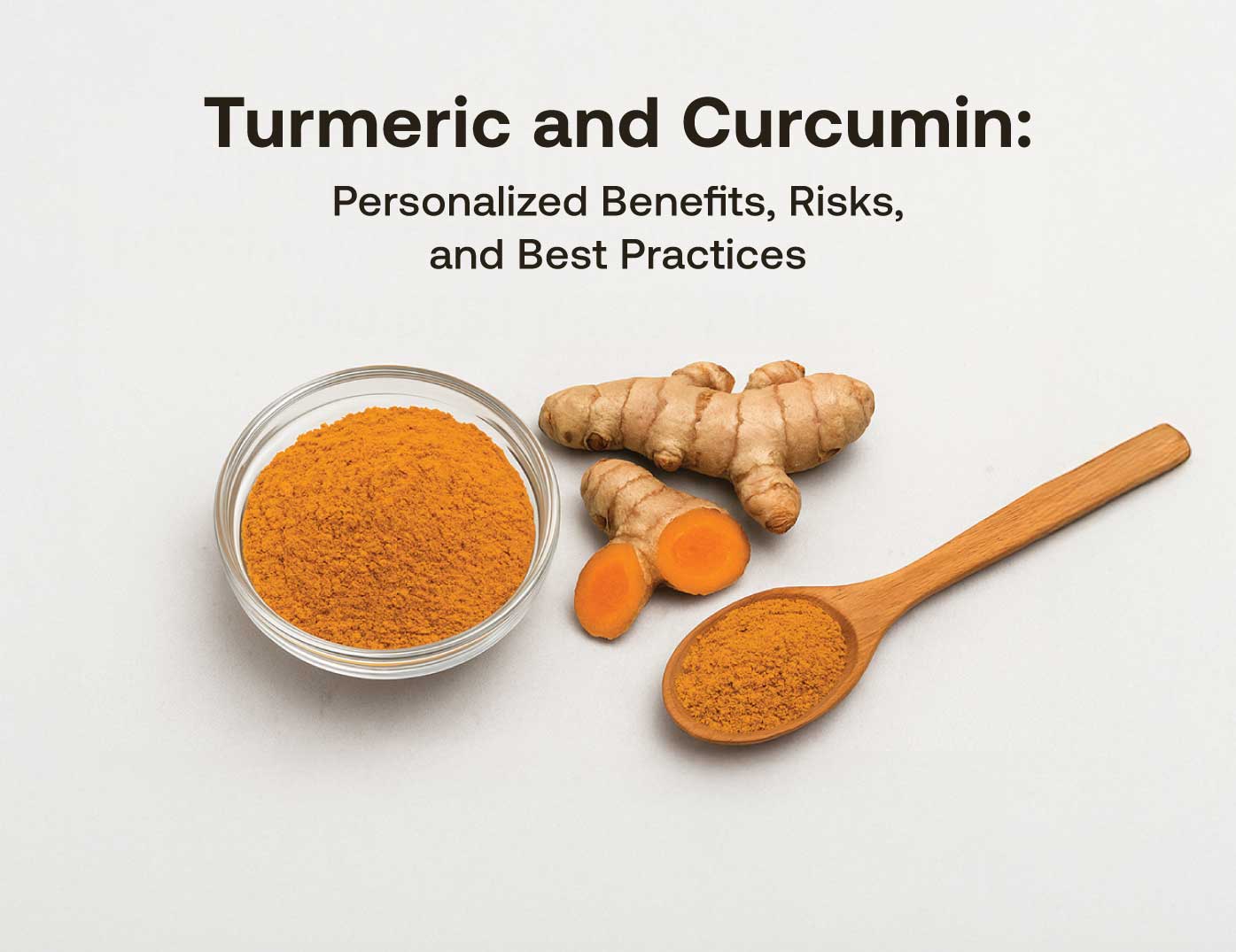Table of contents
What are we talking about when we talk about the “mind”?
Ask a psychologist, a neurologist, and a yogi, and they’ll all say different things. To one, it’s a construct of identity, to another it’s a complex of cells and hormones, to another it’s a vehicle for liberation. When I ask my students and clients about the state of their mind, they often gesture with their hands into the space above and just next to their heads, as if forming a thought bubble in a cartoon. The mind is on everyone’s minds these days, and yet our vastly different understandings of what the mind does and where it is are part of our tremendous difficulties in maintaining a sound, healthy, and satisfying relationship.
The mind seems to be the source of all of our suffering, from the threats of AI and social media delusions, to diagnoses of unreal "psychosomatic" disorders, and even the Buddhist notion of the basic condition of life. It’s also the site of our greatest pleasure, creativity, and healing, where connections form across cultures and continents, whence the innovations that have shaped our modern world sprang.
According to Ayurveda, the ancient Vedic medical science, it’s both. And by engaging in the preventive and healing practices that recognize the mind as a conduit of information, the link between our outer and inner worlds, it can become a tool for individual and collective healing that helps us relate to pain and pleasure not as alternative modes of living, but inclusive of a life that is whole and integrated.
When working with the mind from an Ayurvedic perspective, it’s important to acknowledge that, unlike in our modern medical fields, “mental health” is not at all separate from the physical body. The Ayurvedic texts that describe states of health and disease, medicines and other treatments, don’t have a separate “mind” section because of a basic understanding of the self as a union of body, mind, and spirit. This is what’s referred to in the practice and state of “yoga,” which means “to yoke” or “union” in Sanskrit, and the condition we’re looking to return to whenever we find ourselves “out of balance.”
Manovaha srotas: the anatomy behind nervous system support

The union of body and mind isn’t just a nice idea that we can print on a motivational poster or tote bag; it’s rooted in a facet of Ayurvedic anatomy known as the srotamsi, or systems of organs and channels that allow the body to function. There are srotamsi for familiar systems like respiration, elimination, circulation, etc, places where fluids, substances, and information move through the body, as well as channels that allow for the function of more stable tissues, like bone, muscle, and fat. There’s also a whole channel for the mind, called the manovaha srotas. Said to be rooted in the heart, circulate throughout the “entire body,” and leave the body through the sense organs and other orifices, the manovaha srotas is a literal manifestation of body-mind union, of yoga. This is why we can’t only gesture to our heads, or just outside our heads, when we talk about the mind in an Ayurvedic context.
The mind is in the body, integrated into all of our physiological functions, from digestion to exercise to sleep to sex. As such, the causes of imbalance per Ayurveda are always examined from two directions: body affecting mind, and mind affecting body. Sometimes it’s unilateral, but most times, especially in our world, both lanes are contributing to an imbalance
The causes of imbalance per Ayurveda are always examined from two directions - body affecting mind, and mind affecting body.
For instance, let’s say someone is experiencing acid reflux and a jittery, distracted mental state from drinking too much coffee. Maybe they are not getting enough sleep, and so they’re dependent on caffeine to help them function throughout the day. But what’s the cause of the insomnia? Do they have a deviated septum, so they’re snoring all night long and don’t get a restful night’s sleep? This would be the body causing the imbalance, which manifests in both physical and mental symptoms through the self-medication of caffeine. Or are they lying awake at night worrying about what their boss said in their last evaluation, or staying up all night trying to overcome that criticism with perfect work? In that scenario, the mind is the culprit, causing the behavior that imbalances body and mind. Digging into the “root cause” as such is one of the key gifts of Ayurveda, because it can help identify a more specific treatment than just dealing with the superficial symptoms.
Stress vs. The Rest

While there’s no direct correlation to the manovaha srotas in modern biology, a close correlation would be the “ nervous system,” something with which everyone is familiar these days, given the increased conversations around trauma, stress, and mental health in general. While the nervous system is a complex topic, we can zoom in on a specific component that relates to how we approach mental health per Ayurveda.
The autonomic nervous system (a part of the central nervous system, located in the brain and spinal cord) has two main “modes”: sympathetic and parasympathetic. The former, known as the “ stress response,” is what keeps us alive in the short term when danger arises. When the body senses a threat, a cascade of hormonal and physiological reactions begins that prepares us to fight, flee, or freeze as a way to defend ourselves from the threat. We can shift into this mode incredibly quickly, 1/20th of a second, or the space between two heartbeats, and its effects can last for hours after a stressful event. On the other hand is the " relaxation response,” which is where our bodies want, and need, to be most of the time; it’s where the functions of digestion, elimination, reproduction, immunity, cell repair, i.e. the systems of maintenance that keep us alive and thriving long-term, happen (hence it’s nickname, “rest and digest”).
We cannot occupy these two states simultaneously, which is why when you’re nervous about a first date, you might lose your appetite; or when you’ve just come out of a massage or restorative yoga class, your mind and senses have a floaty, underwater quality, and you can’t immediately jump into a focused task.
How modern life keeps our nervous system on constant alert

While our bodies are brilliantly designed to allow for acute spikes of the stress response, unfortunately, our modern reality has made stress more of a constant, underlying din in the background of all of our activities. Our bodies don’t know the difference between the sound of rustling grass that indicated a stalking predator nearby in prehistoric times, and the pinging of our phones that could announce any host of problems, or potential pleasures.
Our nervous systems are always on alert: prairie dogs who never get a break from their shifts of vigilance. Constantly on guard against threats, our bodies’ natural balance of rest-and-digest versus stress, of homeostasis versus survival, starts deteriorating. As a result, our minds feel frayed and exhausted, and so do our bodies, which are literally being starved and depleted due to the lack of complete nourishment and rejuvenation that can only happen in the parasympathetic mode.
Ayurveda (and yoga) describe similar states in terms of the mental “ doshas,” or states of imbalance: rajas and tamas. Roughly equivalent to the variations of the stress response, rajas and tamas have a functional role in our health, just like stress does. Rajas is what gets us out of bed in the morning and keeps us excited about life: it manifests as activity, ambition, motivation, but as restlessness and agitation in excess. Tamas is just the opposite: it lulls us to sleep at night, creating a state of mental slowness, or inertia, or apathy in excess. Juxtaposing these two states is sattva, which is both a state of mind and synonymous with “mind” itself. The mind in sattva is clear, harmonious, equanimous, and satisfied. It has a capacity for objective observation without emotional attachment or disturbance.
A common analogy for these three states describes the surface of a lake: in rajas, there are big waves; in tamas, there’s a thick layer of algae; in sattva, the surface is calm and you can see all the way to the bottom.
In both of these mind-models, we can see how states of the mind affect our physiology, and our choices and behaviors. Whether you call it “stress” or rajas/tamas, you can imagine that this state of mind wouldn’t allow for thoughtful, measured responses to conversations or arguments; wouldn’t contribute to healthful choices around food; wouldn’t give proper energy for regular exercise or other activities that provide enjoyment, socializing, or personal growth. Under the influence of a mental dosha, reality inside and around us fundamentally changes.
Note that we’re not at all talking about the aspect of the “mind” that many of us prioritize in our daily lives: cognition, intellect, and higher-level processing. Ayurveda and yoga categorize that aspect of our consciousness differently, and we can draw the line between the stressed/relaxed states of the nervous system, which are inherently tied to emotions, as the “feeling mind” versus the “thinking mind.” Both are affected by the health of our bodies, since a disturbed “feeling mind” will prevent us from accessing the creative, discerning, and inspired faculties of the “thinking mind.
The 5 gateways to a calmer nervous system

When we’re looking to cultivate mental resilience, then, we have to address the two-way door between body and mind that affects the nature of the reality that’s either nourishing or depleting us. And the keys to keeping that door open and clear are the senses, which occupy a fascinating and vital nexus point in our body-mind complex.
Through the senses, we take in information from the outside world that our body-mind then has to process and figure out how to respond to. When our senses are overwhelmed with negative information or just too much information, the body-mind naturally gets tired and forms an understanding of reality based on that sensory input. While we can’t always choose what we take in from the outside, we do have some choice that can radically alter our ability to respond to, and live with, the conditions of our reality, no matter what their nature.
By caring for our sense organs, and ''feeding” them with wholesome nourishment, edible food, as well as media, clothing, hygiene and body products, relationships, and self-talk, the baseline state of our body-mind shifts out of rajas/tamas and into sattva.
By caring for our sense organs, and “feeding” them with wholesome nourishment, edible food, as well as media, clothing, hygiene and body products, relationships, and self-talk, the baseline state of our body-mind shifts out of rajas/tamas and into sattva. Shoring up the structural and functional integrity of the portals to the mind, the senses, gives the mind a fighting chance of seeing the world not only as one big threat.
With regular practice, sense-care, and other practices that redirect our attention away from external stimuli and toward our inner landscape, gives us the resilience to participate fully in the world, with all its pain and pleasure, its grief and joy, its tragedy and its triumphs. This capacity to hold all parts of our reality is what we have to gain through mental resilience, not just a “good vibes only” attitude that retreats from and sugar-coats the unsavory stuff. Mental resilience invites us to feel more, but not get attached to those feelings such that they occupy all of our attention and become our identity.
This capacity to hold all parts of our reality is what we have to gain through mental resilience, not just a “good vibes only” attitude that retreats from and sugar-coats the unsavory stuff.
Lifestyle leads the way; herbs do the gentle fine‑tuning

The lifestyle practices that are at the core of mental resilience aren’t a quick fix to the acute and overwhelming states of stress that many of us experience daily from a variety of factors. And while many of our current stressors are the product of technology and globalization, think, 5,000 years ago, around the birthtime of Ayurveda, people only knew what was happening in their neighborhood, not everything going on all over the world 24/7, the ancient doctors and teachers made sure we had a variety of options for dealing with states of affliction. There’s no one-size-fits-all medicine in Ayurveda, and because of our interconnected nature, we can address a problem from multiple angles to get solutions.
Enter herbs. While typically the last protocol offered in Ayurvedic medicine, herbs, when used correctly and respectfully, can potently shift the state of the body and mind, so that we have the clarity and capacity to participate in the lifestyle choices that will help us in the long run. Many herbs have a special affinity for the mind, generally categorized as medhya (promoting the intellect or mental clarity) or rasayana (rejuvenative). In the language of Western herbalism, they might fall into the categories of nervines, tonics, and adaptogens.
Below, you’ll find descriptions of some of the most well-known and frequently used medhya herbs. As you’ll see, many have multiple functions, which not only reflects the way that whole-herbs work differently from isolated “supplement” versions, but also the body-mind integration of the manovaha srotas. In particular, there are often overlaps with digestion (remember, “rest and digest” go hand-in-hand!), immunity, and reproductive function, all of which are highly influenced by the state of the mind, and vice versa. As such, if you are working with an imbalance in the mind, it’s worth digging deeper to see if there are associated symptoms or perhaps causes in other areas of your physical health.
Because Ayurvedic herbs are considered “supplements” and not under any regulation, it’s easy to find many plant medicines and formulas. However, it’s always best to research the herbal company and the sourcing of herbs before starting an herbal protocol. Working with a practitioner is the best way to ensure that you are using the proper medicine for you, so you get the desired results (and avoid undesired results!), and respect the beautiful resources that nature provides through herbs.
Please consult a practitioner, especially if you are taking any pharmaceuticals (and share what herbs you’re taking with your doctor) and/or if you’re pregnant, nursing, or want to become pregnant.
Top Ayurvedic herbs for nervous system resilience

1. Ashwagandha (Withania somnifera) VK-, P+ (in excess)
One of the most well-known herbs in the Ayurvedic pharmacopeia, ashwagandha is practically a household name in our modern times. And it deserves its reputation! One of the few herbs that is technically classified as a true “adaptogen,” ashwagandha supports stress in a non-specific way in the body: meaning, it can help modulate the stress response in any system, not “sedating” the body but causing a smoother, more even relationship with stress.
Think: a smooth sine wave hovering around the midline, rather than huge spikes of stimulation and crashing. Ashwagandha is classified as a “calming adaptogen” and can support stress, sleep, and pain; used topically in an oil, it can support joint pain, osteoporosis, osteoarthritis, as well as nervous conditions, especially used in the therapeutic massage known as abhyanga. For some, however, it is more stimulating, creating an “alert” feeling that might interfere with sleep. The former also supports its function as a reproductive tonic, especially for spermatogenesis and as an aphrodisiac (note this effect is long-term, not immediate!). For female reproduction, it can also reduce uterine spasms and weakness, interfering with intimacy and menstruation.
The Sanskrit name of this herb translates to “the smell of a horse,” which refers not only to its aroma (earthy!) but also to its strong rejuvenative qualities. It is light but unctuous in nature, making it harder to digest than some other medhya herbs, which is why it should be used with caution as an adaptogen. If digestion is weak (on its own or in tandem with stress), then ashwagandha might be too heavy for the system and worsen the problem.
Ashwagandha can also support hypothyroidism by boosting the overall heat/fire element throughout the body; avoid in conditions of hyperthyroidism or other conditions of excess pitta.
2. Bhringaraja (Eclipa alba) VPK=, PV-
This herb is a kind of back-door support for the mind. Known as “king of the hair,” bhringaraja is found in many hair oils to support premature greying and hair fall, both of which are described in Ayurveda as the result of excess heat in the head, which literally burns away hair follicles (or turns them ashy).
Using a hair oil with bhringaraja (and gotu kola) can keep hair strong and silky, but it also supports the underlying mental condition that might be lighting your brain on fire and contributing to other expressions of mental and physical inflammation. It is an excellent support for insomnia, especially when there is restlessness preventing falling asleep, intense/vivid/violent dreams, or menopausal insomnia (waking up around 1-3 am and not being able to fall back asleep). Bhringaraja similarly supports the eyes and can penetrate deeply into the tissues (when taken internally) to support the bones.
3. Brahmi (Bacopa monniera) VPK=
The name of this special herb means “energy of Shakti/Brahman,” reflecting its power to cultivate and harness the creative energy of the macrocosm in the microcosm of our bodies and individual activities. Brahmi is beloved in the herbal community as a balm of the nervous system and all things related to vata dosha, including the downward flow of vata (anulomana) that supports digestion and elimination.
It is both soothing and restorative to the nervous system, promoting longevity, sleep, and states of nervous system exhaustion that might disconnect us from our energetic and spiritual center (sadhaka pitta) in the heart-mind; at the same time, brahmi offers mental clarity to support memory and learning, making it a great companion for studying and tasks that require focus.
As a medicine for more defined psychological conditions, brahmi is supportive for states characterized by seizures, spasms, and erraticness throughout the nervous system (vata): Parkinson’s, Alzheimer’s, dementia, ADHD, Asperger’s, autism, depression, and addiction. Externally, brahmi can be used to soothe similar states that express themselves as joint pain or restlessness.
Because of its cold and bitter nature (which makes it so good at penetrating deep tissues like bone and nerves), brahmi can suppress appetite and cause constipation; be sure to combine it with a warming carminative herb, such as cinnamon, cardamom, turmeric, or fennel, if you tend toward dryness in your GI or notice it causing indigestion.
4. Gotu Kola (Centella asiatica) VPK=, KP-
Both Bacopa (above) and Gotu Kola are referred to as “brahmi” in the ancient texts, and largely the two herbs can be used interchangeably for the mind. Gotu Kola has a special action in reducing inflammation (anything red and hot, inside and out!), so you might turn toward it instead of its doppleganger if your symptoms are more pitta in nature. Gotu Kola offers similar nervous system rejuvenation alongside concentration and focus in the mind. It’s supportive for seizure disorders, autism, Asperger’s, and ADHD as well.
For deeper penetration into the mind, take Gotu Kola in a carrier (anupana) of ghee, which will help it cross the blood-brain barrier. Fresh juice is known as the strongest form of Gotu Kola, but powders, tinctures, and traditional Ayurvedic formulas also work quite well.
Because of the common name with Bacopa, make sure to check the Latin name of the “brahmi” you buy so you know what you’re taking!
5. Haritaki (Terminalia chebula) VPK=
Have you ever noticed that all your problems go away when you have a good poop? The connection between elimination and the mind isn’t coincidental, per Ayurveda, they’re both dependent on the proper flow of vata throughout the system, so when one end gets blocked up, all of the energy of the body will tend to become frenetic and “stuck” up in the head where it doesn’t belong.
Haritaki can support the mind in this way by encouraging proper elimination. It is one-third of the famous Ayurvedic formula triphala, and its Sanskrit moniker, “remover of diseases,” hints at its wide array of uses and ability to support digestion and elimination, no matter which dosha is involved. High in tannins (which are astringent in nature), haritaka is soothing to the large intestine and can scrape out built-up metabolic waste throughout the body. Through this cleansing action, it improves the intellect (think: your mind will get more nourishment from your food!) and can act as a catalyst for other herbs in formulas. Because it is light and dry, be mindful of taking it too long or in excess, in which case it might cause the opposite effects and increase constipation.
6. Jatamansi (Nardostachys grandiflora) VPK=
A premier nervine, jatamansi supports relaxation, mental clarity, nervous system exhausion, and spasmodic conditions like epilepsy and Parkinson’s. It also has more direct effects on the GI, making it a good choice if anxiety is coupled with vata-type indigestion (cramping, borborygmus) and painful menstrual periods. To support pitta, jatamansi can be used to combat premature greying of hair, hair fall, as well as burning and itching in the skin.
7. Kapikacchu (Mucuna pruriens) VP-, K+
Also known as “velvet bean,” this herb has become popular in recent years by its common name of “ mucuna.” While its claims to fame are legitimate, as a reproductive tonic and source of L-dopa, a precursor to the feel-good hormone dopamine, mucuna is not a household/daily herb in traditional Ayurvedic use. Its medicine is reserved for more severe nervous system disorders, like Parkinson’s, paralysis/Bell’s Palsy, spasms, twitching, and cramps, all conditions that have been found to be associated with decreased levels of dopamine in the gut. This is not the same as just having a low mood and needing some happiness!
Heavy and unctuous, mucuna is best received by a body that has a strong digestive system and is generally healthy, it’s more of a tonic herb in that sense. When used to support fertility (low libido, low sperm count, impotence, or premature ejaculation), a person might first undergo a supervised Ayurvedic detox (pancha karma) as part of a bigger healing protocol.
8. Licorice (Glycyrrhiza glabra) VPK-, K+ in excess
Another “ true adaptogen,” licorice is used in many herbal traditions as a "harmonizer" of formulas; it makes herbs play well together, even as it makes the body systems play well together. Highly restorative, licorice is soothing to all the tissues of the body, hence its common use in teas and formulas for sore throats and similar dry/itchy respiratory conditions; it is on the cool/sweet side of the spectrum, so it can be aggravating if there is excess mucus. It increases sexual potency, mental focus, and memory, and can stop bleeding (including from ulcers due to high pitta). An adrenal tonic, it supports health in the energetic kidneys and restores the balance of stress/reproductive hormones. Take licorice in an anupana of ghee to boost its anti-inflammatory and rejuvenation properties.
Note: Licorice has developed a reputation for increasing blood pressure, and it can do so, in excess, because of its ability to help the body retain sodium. While cases of dangerously high blood pressure have been exaggerated in the media, out of caution, we avoid licorice whenever there is a concern with hypertension.
9. Nutmeg (Myristica fragans) VK-, P+
A common kitchen herb, nutmeg is a delicious addition to edible tonics that support the nervous system, as well as to your general cooking in both sweet and savory dishes. Highly aromatic, nutmeg was one of the first spices coveted along the Silk Road, and its intoxicating fragrance is right in the name! Supportive of digestion pain, infertility, and insomnia,nutmeg has a light, oily, penetrating quality that brings rejuvenation deep inside the body and mind. It’s excellent in an “ herbal nightcap,” especially when there are restless legs and/or sore muscles, cooked into milk with brahmi (either variety), ashwagandha, jatamansi, and cardamom.
10. Rose (Rosa centifolia) VPK=
Used in a variety of herbal traditions, rose is the quintessential “ heart opener.” Its light, aromatic, and slightly bitter nature can break up stagnation in the digestive system and in emotions, making it perfect for anxiety and depression. Because it is also cooling, rose is a go-to for heated mental states, especially associated with menstruation (including excess pain and irritability in the luteal phase, and excess bleeding) and/or menopause (including hot flashes).
Rose’s reputation as a symbol of romance isn’t all marketing; it has an affinity for opening the energetic heart and circulating blood (including to the genitals, stimulating libido), as well as for reducing stress that might inhibit intimacy or sexual performance. Used internally or as aromatherapy, rose can immediately lift the spirits and calm palpitations in moments of acute stress or overwhelm.
11. Tulsi (Ocimum sanctum) VK- P+
Known as the “queen of the herbs,” tulsi is a sacred plant in India that is often grown near the doorway of a home to offer protection from negative energy. It does the same thing medicinally as an adaptogen (non-specific support to stress throughout the body), specifically offering clarity and focus to the mind and as a carminative to the digestive system. It’s also used to calm fevers, coughs, colds, and parasitic infections, illustrating its support for the immune system (another way it keeps the “bad guys” out!). Considered the embodiment of sattva in a plant form, tulsi has an affinity for the lungs (where we engage with prana, or the life force, through breath). It is light and warming in nature, making it excellent when there is damp/heavy congestion in the lungs or brain fog in the mind. In excess, though, it may increase pitta dosha, so avoid having too much of tulsi in high summer or if there is mental agitation/aggravation.
There are three main varieties of tulsi, and all of them work similarly on a medicinal level; if you’re using tulsi as tea, which is an ideal form given its intoxicating aroma and high levels of VOCs, pick the one that smells best to you (Krishna is my favorite, which is warm, peppery, and has hints of cacao).
A tea with tulsi and rose can be a lovely late-afternoon pick-me-up, and an alternative to coffee if you are used to turning to caffeine to “wake up” after lunch.
Conclusion

When we treat the mind as inseparable from the body, resilience becomes a daily practice rather than a destination. Simple anchors, regular meals, nourishing sleep, breath and movement, and mindful care of the senses, create the ground on which herbs for nervous system balance can work. Medhya rasayanas and nervine adaptogens like ashwagandha, brahmi, gotu kola, tulsi, and others are companions, not quick fixes: start low and steady, choose well‑sourced plants, and match the herb to your unique pattern, ideally with guidance from a qualified practitioner, especially if you’re pregnant, nursing, or taking medications.
Over time, this sattvic, whole‑systems approach helps shift the autonomic nervous system from chronic fight‑or‑flight toward rest‑and‑digest, supporting clearer attention, deeper sleep, steadier energy, and a more compassionate relationship with your own experience. That is the promise of Ayurveda: using the senses, lifestyle, and plants together to remember your natural state of balance.
Relevant Product
Osh Wellness's Hormone & Mood Support is a gentle companion to your daily anchors: steady meals, sleep, breath, and movement, featuring an Ayurvedic nervine‑adaptogen blend to support stress resilience and a steadier rest‑and‑digest baseline. Use consistently; consult a practitioner if pregnant, nursing, or on medications.








